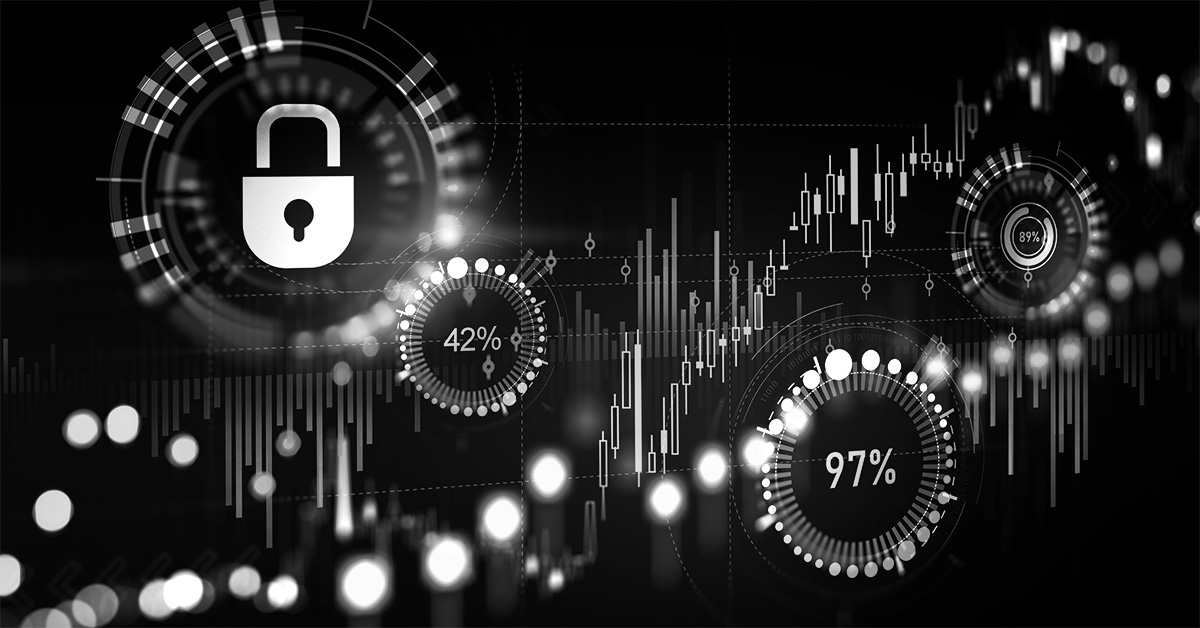- 레드햇, AI 포트폴리오 대규모 업데이트…엔터프라이즈 배포 유연성 확대
- I recommend this cordless stick vacuum over my Dyson - and it's on sale
- I tested a smart cooler and can never go back to toting ice (especially for $100 off)
- This wireless portable speaker delivers amazingly smooth sound with little distortion
- This ultrathin LG laptop is 40% off, and comes with a free 27-inch smart monitor
Cybersecurity Trends in 2024: 5 Key Areas to Follow

As we are well into 2024 now, we at Fortra want to continue our commitment to empowering you all with the knowledge and tools needed to protect you, your organization, and even your family. This year, we will be looking more and more at the human element, and provide you with methods to practice repeatable, real-world techniques to ingrain positive habits and security behaviors to keep you as safe as possible.
Society’s Pendulum
Like any industry, cybersecurity is influenced by the latest gravitational pull of society. While there are many positive developments, cybercriminals are often inspired to use these popular shifts to advance their ability to launch successful social engineering attacks. Earlier trends included robocalls and Zelle scams. More recently, the increased use of WhatsApp as a global communication tool has given rise to WhatsApp scams.
What Lies Ahead
This year the cybersecurity industry is expected to be shaped by some of these key trends:
- Generative AI tools will improve efficiency: Although AI tools have received a lot of bad publicity for some comical errors, there are positive uses for these tools beyond writing essays. Once the sensationalism of the AI blunders begin to fade, the typical worker will learn to use AI to reap its benefits to reduce the tedium of many mundane office tasks.
- Generative AI tools used by bad actors: Generative AI tools like ChatGPT have presented new challenges for online privacy, scams, and disinformation. There is reliable evidence that cybercriminals have altered ChatGPT to write malicious software, offering subscriptions to these tools to write more effective malware. This trend is expected to worsen in 2024, especially considering the lack of AI regulations.
- Rise of AI in cybersecurity: AI is rapidly shaping cybersecurity by analyzing vast amounts of data to detect threats often missed by humans. AI does much more than just automating repetitive tasks. It can also be used in various ways to offer predictive insights, moving security from a reactive, to a proactive approach. AI can be used to intervene in areas such as phishing detection, and data loss prevention. However, this integration also introduces risk, namely, the potential for these complex systems to be exploited by malicious actors.
- Persistent risk of the remote workforce: Originally, the shift to remote work due to the COVID-19 pandemic created unique cybersecurity challenges. In the aftermath of the pandemic, the digital risks still remain. As increasing numbers of employees retrieve enterprise data from home, the boundaries defining secure enterprise networks have blurred. This risk can be mitigated through enhanced training and awareness tactics, comprehensive cybersecurity policies, and regular software updates.
- Passwordless adoption: As cybercriminals continue to target individuals through social engineering attacks, such as Phishing and all its variants, there will be a shift towards more phishing-resistant and user-friendly multi-factor authentication methods. Passkeys, and biometric authentication are in popular usage now, and we can expect to see more development of zero-knowledge credential managers.
- Election year disinformation: With elections happening globally, there will be an increased focus on combating disinformation campaigns. Cybersecurity measures will be crucial to safeguard against misinformation and manipulation.
- Zero Trust elevates to boardroom status: The adoption of Zero Trust principles will become a top priority for organizations. Trusting no one by default and verifying all users and devices will be critical for securing networks and data.
Many of the trends are positive developments, making workflows more efficient and streamlined. These trends also present unique challenges, requiring nuanced responses from cybersecurity professionals and active participation from employees.
This first step is always knowledge. Staying informed about these emerging threats can help us bolster our defenses, ensuring a safer digital environment.

